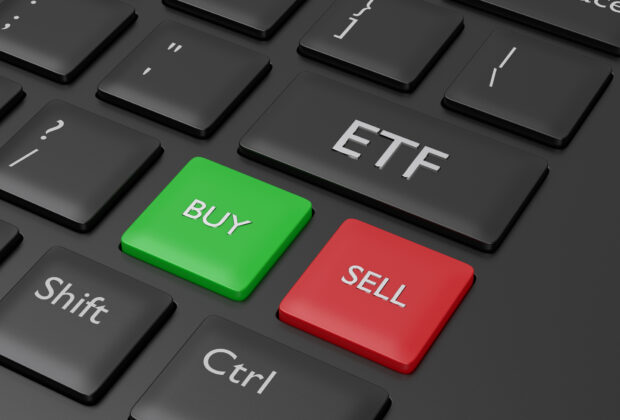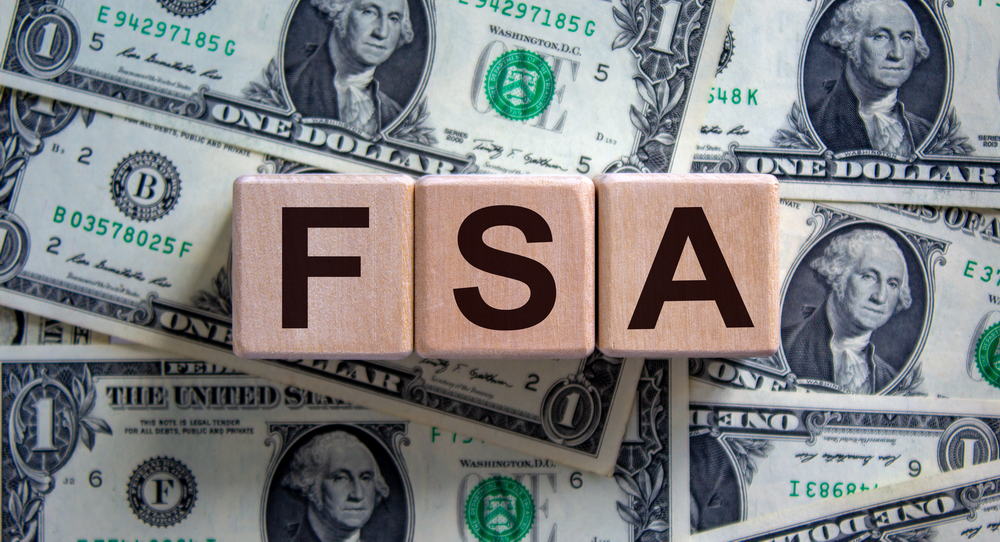ETFs, or exchange-traded funds, have gained immense popularity recently for their low cost, tax efficiency and easy access to a wide range of investments. In Singapore, ETFs are becoming an increasingly popular investment option among retail investors looking to diversify their portfolios and achieve long-term financial goals. However, buying and selling ETFs in Singapore can seem daunting for those new to the investing world. This article will provide a step-by-step guide on buying and selling ETFs in Singapore so you can confidently start your journey towards building a successful investment portfolio.
Understand the basics of ETFs
Before we dive into the specifics of buying and selling ETFs in Singapore, it is crucial to understand the basics of ETFs. An ETF is an investment fund that tracks an underlying index, such as the Straits Times Index in Singapore or the S&P 500 in the United States. Therefore, when you invest in an ETF, you buy a basket of securities that mirror the performance of the chosen index. ETFs can be traded on stock exchanges like stocks, making them a popular option for investors looking for diversified and low-cost investments.
Traders have the flexibility to buy and sell ETFs at any point during the trading day, contrasting with mutual funds that are only priced at the end of the trading day, which makes ETFs a more flexible investment option for those who want to manage their portfolios actively. It is essential to understand the different types of ETFs available in Singapore, such as equity ETFs, bond ETFs, and commodity ETFs, each offering varying levels of risk and return.
Determine your investment goals and risk profile
Before buying an ETF, it is crucial to have a clear understanding of your investment goals and risk tolerance. It will help you choose the right type of ETF that aligns with your investment objectives. For example, if you are a risk-averse investor looking for stable returns and capital preservation, consider investing in bond ETFs. On the other hand, if you have a higher risk tolerance and are looking for long-term growth, equity ETFs may be more suitable.
It is also essential to know your investment horizon and whether you are investing for the short-term or long-term, which will help determine your investment strategy and the type of ETFs you should consider. Traders should also consider their overall asset allocation and diversification goals when choosing ETFs.
Choose a brokerage platform
To buy and sell ETFs in Singapore, you must open an account with a brokerage platform. Several online brokerages, such as DBS Vickers, UOB Kay Hian, and Standard Chartered Online Trading, are available. Each brokerage offers different trading fees and services, so it is essential to compare them to find one that best suits your needs.
Factors to consider include commission fees, trading platform usability, access to global markets, and customer service. Traders should also take note of any account minimums and additional costs, such as custodian fees for non-Singapore ETFs.
It is also crucial to ensure that the brokerage platform is regulated by the Monetary Authority of Singapore (MAS) and offers a secure trading environment.
Research and choose the suitable ETF
Once you have chosen a brokerage platform, it is time to research and select the right ETF for your investment goals. It is crucial to understand the underlying index that an ETF tracks, its expense ratio, and its performance history. Investors should also consider the fund’s assets under management (AUM) and liquidity to ensure the ETF has sufficient trading volume.
Researching the fund manager’s track record in managing similar investment products is also essential. Investors should take note of any foreign currency exposure as it can affect their returns.
Diversifying your portfolio by investing in multiple ETFs that track different indexes, sectors, or asset classes to reduce overall risk is recommended. It is also crucial to keep track of the ETF’s performance regularly and make necessary adjustments to your portfolio.
Place an order
Once you have selected the suitable ETF, it is time to place an order. Most brokerage platforms offer a user-friendly interface for traders to input their orders quickly. Investors can buy or sell an ETF at the market price, limit price, or stop loss order. Understanding the difference between these order types and how they can impact your trades is essential.
Investors should also check the bid-ask spread, representing the difference between the highest bid and lowest ask prices for an ETF. A narrower bid-ask spread indicates a more liquid ETF and may lead to better execution of trades.
It is also crucial to monitor your orders to ensure they are executed as intended and to take note of any additional fees or taxes that may apply. Traders should also set stop-loss orders to limit potential losses and avoid emotional decision-making.









